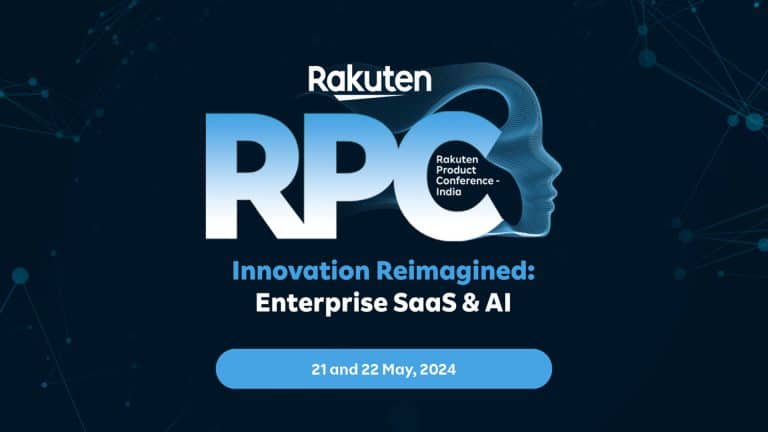|
Listen to this story
|
According to Gartner, by 2025, AI-augmented content creation is projected to be a top priority for over 30% of enterprises looking to streamline their creative processes. As the landscape evolves, genAI is poised to revolutionise content creation and distribution, marking a transformative era for the creative sector.
Human imagination + AI excellence
Generative AI paints a compelling picture of collaboration between humans and AI capabilities. By fusing creative intuition with AI’s computational prowess, content creation can reach newer heights. As per a recent report by BCG, over 49% of enterprises are using genAI for content creation helping them improve quality, quantity and variety. This partnership not only enhances the content’s intellectual sharpness and emotional depth but also propels productivity.
What generative AI is doing is, combining content creators’ imaginative prowess with AI’s cognitive supremacy, sculpting intellectually sharp and emotionally resonant content. But the narrative doesn’t end there. Generative AI is not just a collaborator but also a productivity catalyst. It deftly handles mundane tasks, leaving ample space to infuse your work with artistic finesse. Take the case of Coca-Cola, which used AI to expedite the production of its latest ad campaign ‘Masterpiece’.
Moreover, generative AI serves as both a current asset and a forward-looking strategy. For instance, Kris Ruby, the CEO of Ruby Media Group, shared with HBR how genAI helps with personalized pitches and effective SEO efforts.
Similarly, CEO Aaron Kwittken shares how PRophet, an AI-powered platform, can help analyze press outlets to target audiences. By deciphering data and trends, genAI ensures your content remains attuned to audience preferences and demands, transcending time with its insights.
Challenges with AI’s analytical power
While the fusion of human creativity and AI intelligence holds immense potential, navigating this landscape is not without challenges. Contextual understanding, crucial for engaging narratives, remains a challenge for AI. The gap between AI’s interpretation and the desired narrative underlines the necessity of a watchful strategy.
However, not just content creators, but all users of AI have to be mindful of the biases associated with it. Despite AI’s capabilities, AI-generated content may inadvertently reflect biases inherent in training data, urging vigilant efforts to ensure fairness. Let’s take the example of CNET. The US-based media publication embraced AI for efficient news drafting, however, it was termed a disaster. CNET rectified errors in 41 out of the 77 articles it released, all of which had been generated by an AI tool.
Without a doubt, the labyrinthine nature of language presents its hurdles. Although AI-generated content might appear seamless, the spectre of contextual inaccuracies lingers. Thus, strategies that refine AI content by harmonising it with human creators’ insight assume critical importance. Strategies emerge as the guiding stars for precision. To ensure accuracy, iterative human reviews, and continuous AI model refinement are essential. Likewise, in the realm of bias, a hybrid model – where human editors hone AI content – guarantees quality.
Uniting Human Creativity and AI Magic
When used correctly, generative AI can lead to productivity enhancement, something that we are already seeing in many industries. When it comes to content creators, AI could be a diligent assistant as well. While generative AI is fantastic at handling data and patterns, content creators could bring in the human element, to make the content resonate with their work. This can be done by delegating tasks like data crunching and first drafts to AI, which in turn, would leave ample time for the creators to work on the creative aspect.
AI-generated content could also be a content creator’s launchpad, used as a canvas to splash their creativity. Think of it as a wrapped gift of ideas – unwrap, refine, and infuse your distinct essence. Even though AI excels in structure, the content creator’s forte is depth. Enhance AI’s drafts with your mastery, infusing human comprehension, nuanced emotions, and genuine associations.
Your revisions will transform AI’s raw potential into content gems. Moreover, one of the best ways to gain the most from generative AI is to experiment with different prompts to unlock diverse perspectives. It’s important to remember that it’s not just AI that’s learning from you, you too are learning new tricks in your creative repertoire.
Navigating Ethical Waters
While all this is exciting, navigating the ethical seas ahead is vital. AI language models offer a world of innovation, but also raise concerns that demand our attention — the most important of them being the ethical use of AI.
- Managing misinformation
As proficient as it is, AI can sometimes unwittingly stir the waters of misinformation. Its ability to generate content at lightning speed might inadvertently spawn inaccuracies, as seen in the CNET example, leading to a tangled web of half-truths and confusion. This reminds us that while AI is a tool, ethical responsibility ultimately rests on our shoulders.
- Confronting the biased beast
Guarding against bias is essential since AI-generated content mirrors the biases embedded in its training data. Scrutinising data sources and curating them meticulously can help mitigate biased content, promoting fairness and integrity in AI-generated narratives.
- Preventing plagiarism
Another important consideration is plagiarism. AI’s proficiency can tempt creators to overlook authenticity and inadvertently produce plagiarised content. Embracing authenticity and infusing personal creativity ensures that AI-generated content is transformed into unique and original material. Moreover, because of being trained on internet data, LLMs can reflect the ideas of different creators in their responses, necessitating caution among other content creators.
Hence, the path forward demands a principled approach. Responsible AI usage hinges on transparency and trust. Acknowledging AI’s role in content generation and being forthright with readers establishes credibility and maintains authenticity. Creators must champion ethical AI usage, fostering a landscape that prioritises accurate information and reader trust.
Ultimately, the beauty of this creative journey lies in our power to wield AI as a tool for good. We must advocate for meticulous fact-checking, question the content AI produces, and infuse our sensibilities to refine it. By recognising the ethical challenges and addressing them head-on, we sculpt a digital landscape that resonates with credibility and integrity.














